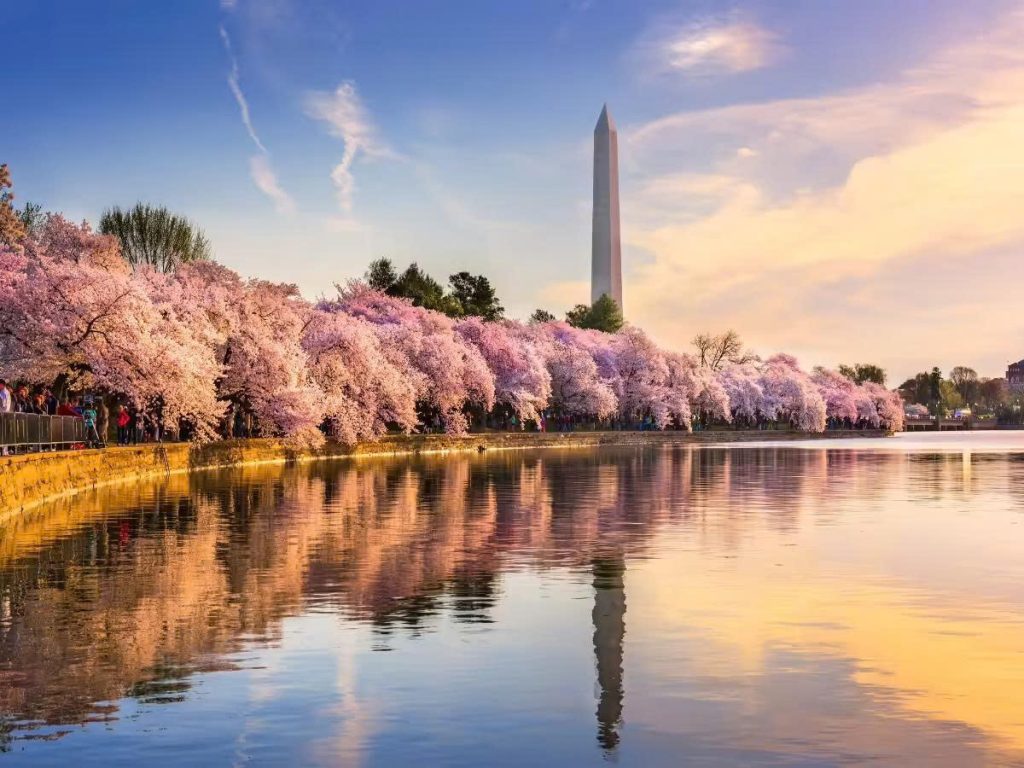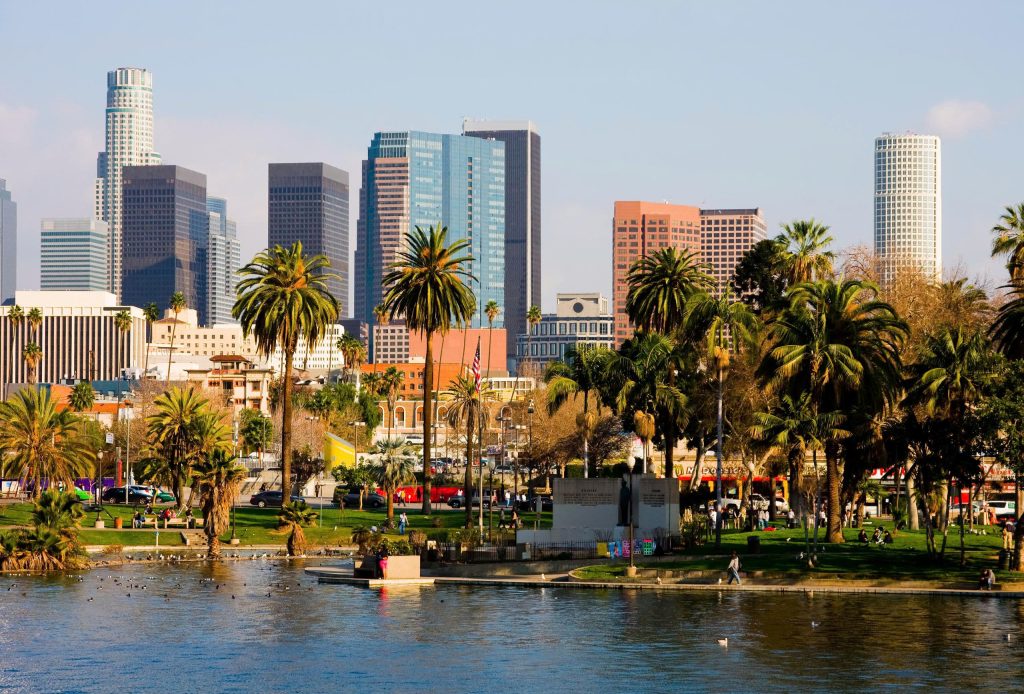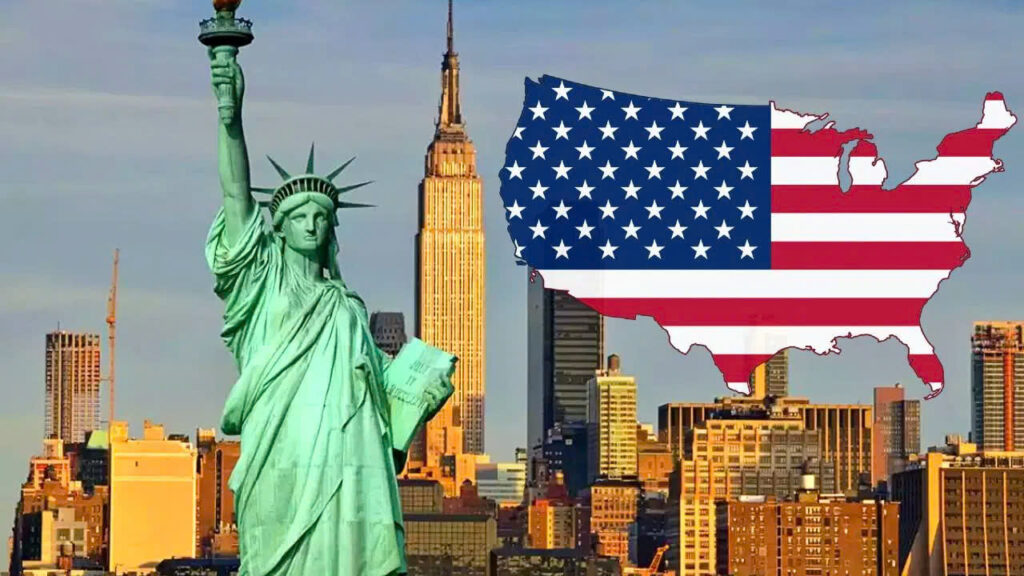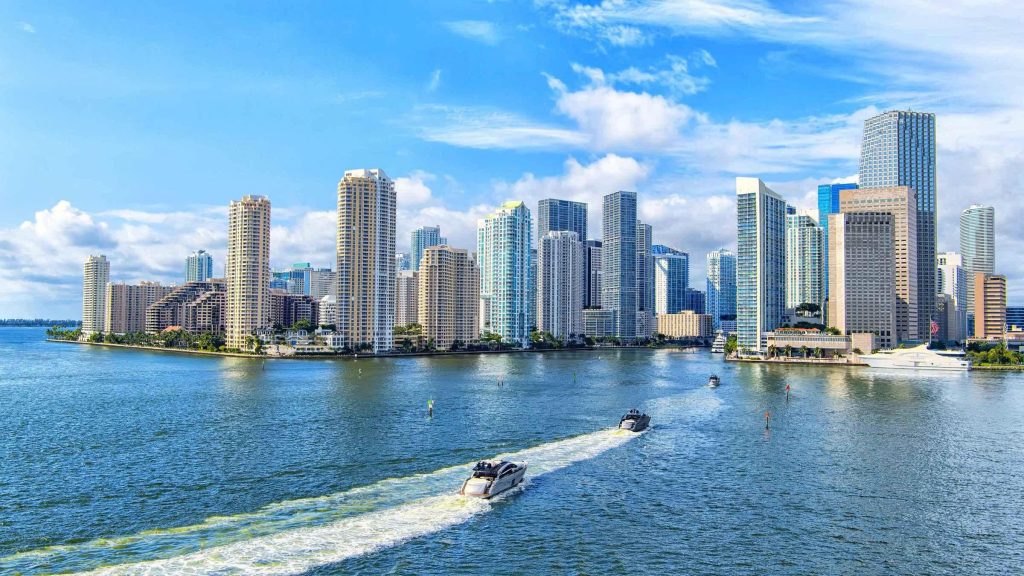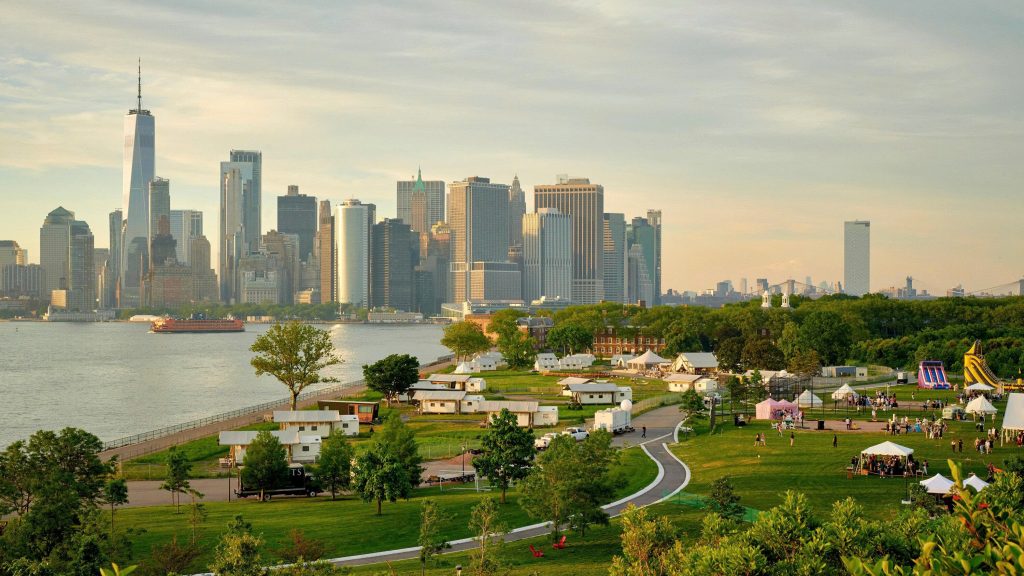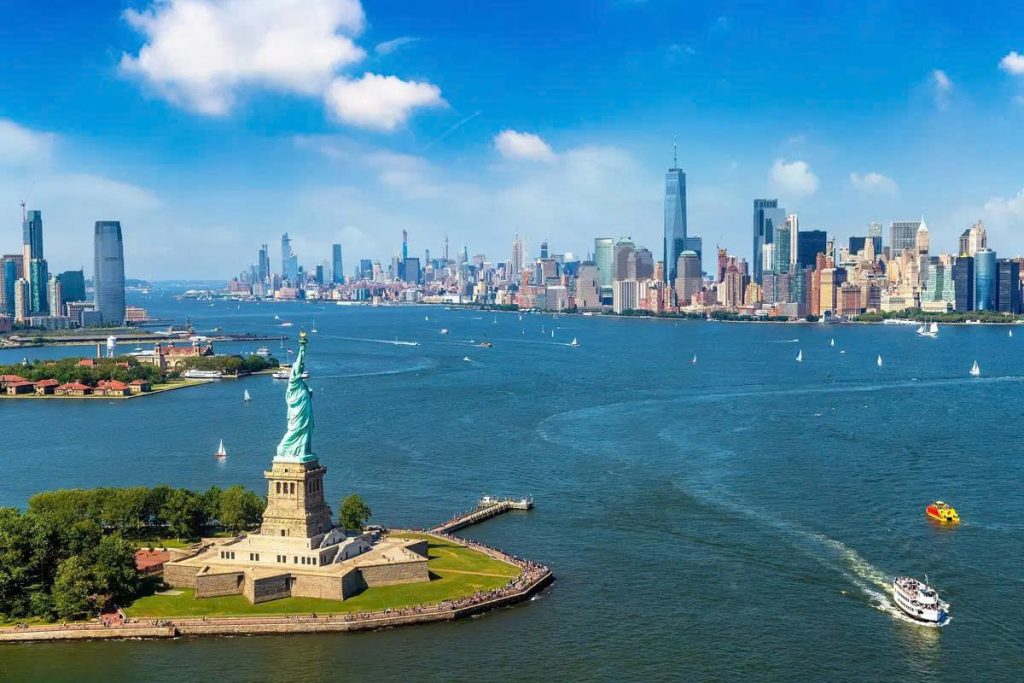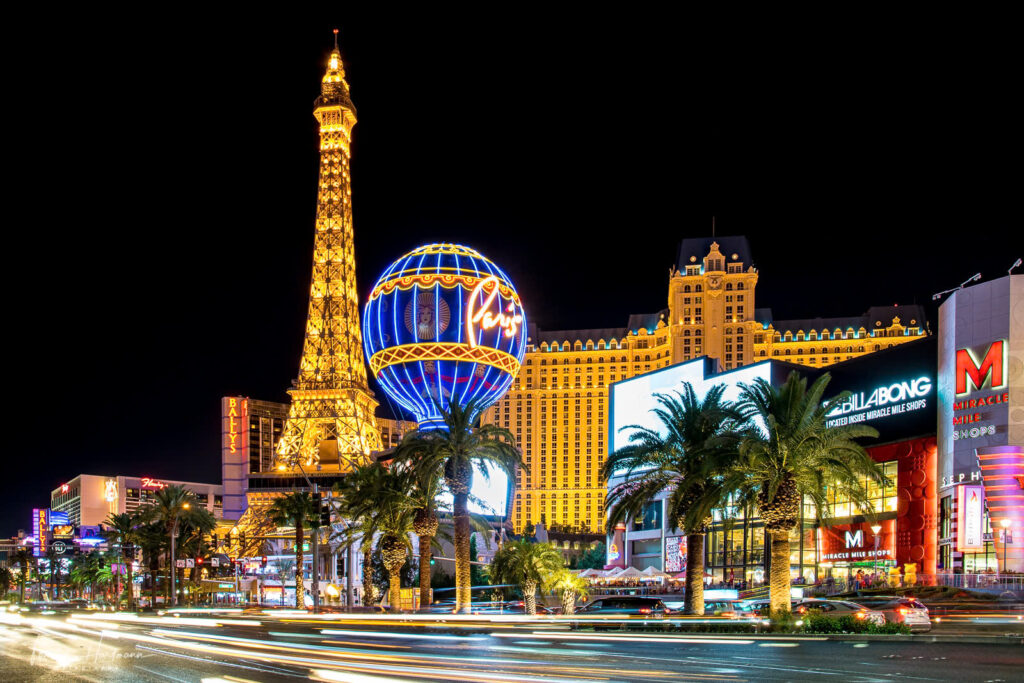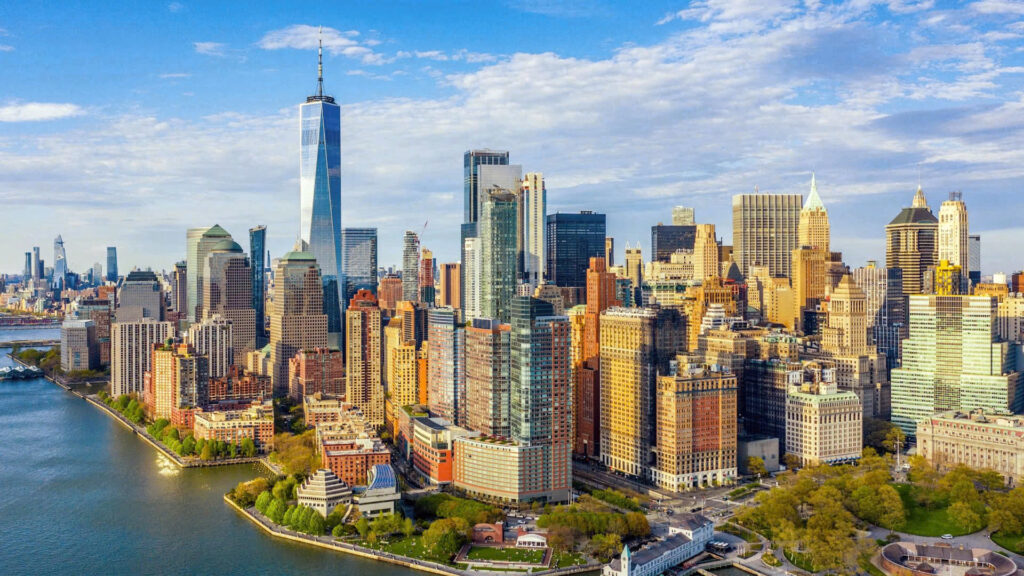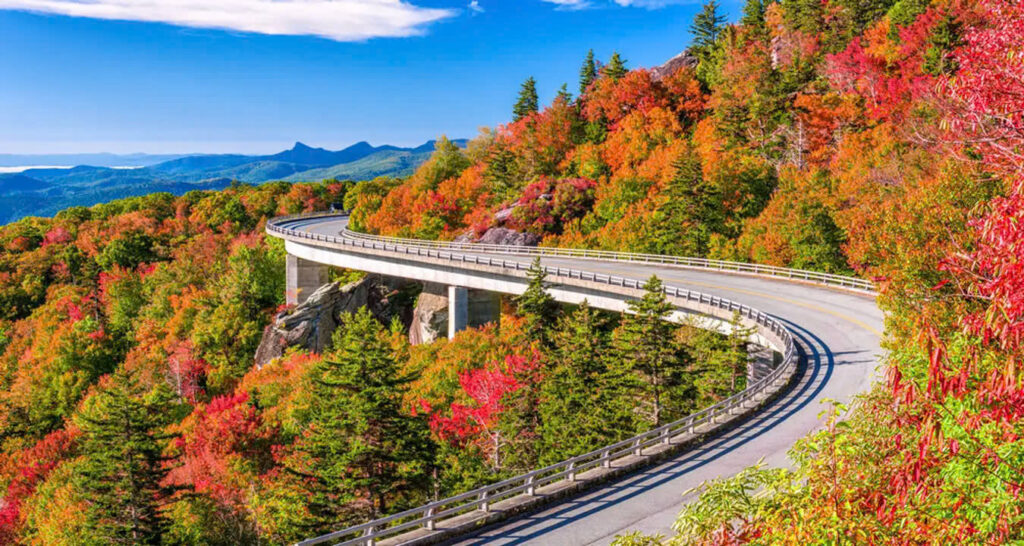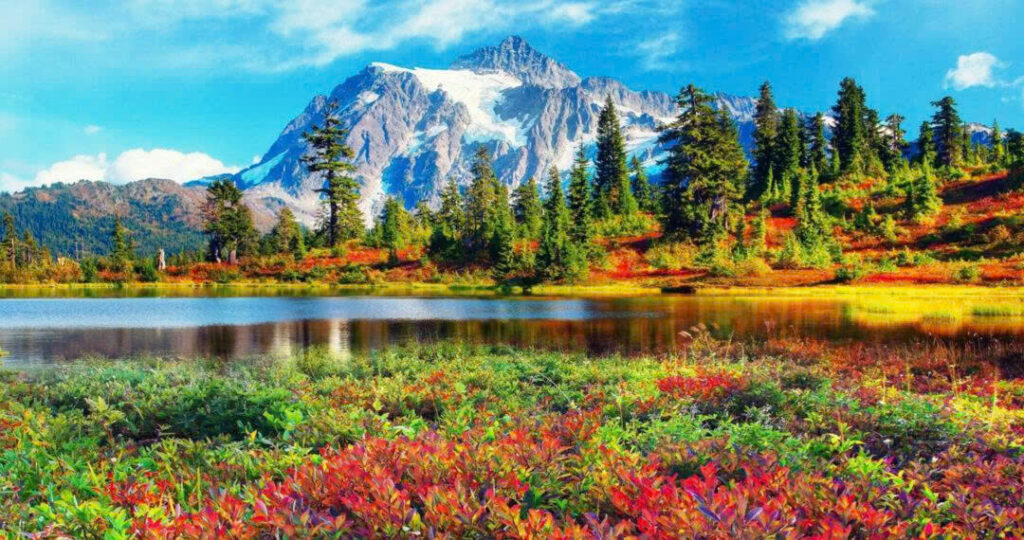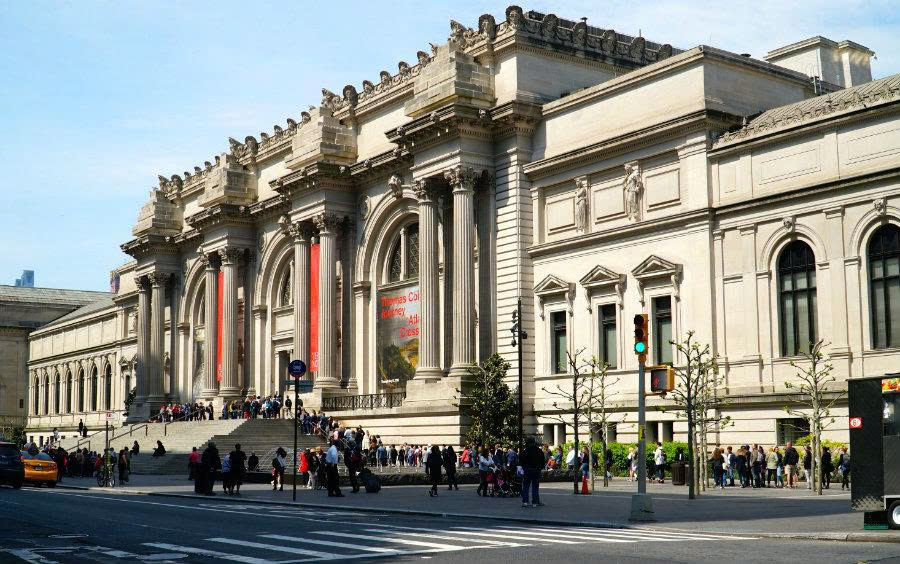The United States is a land of stunning diversity, stretching from the sunny beaches of Florida to the majestic peaks of Alaska. Because of its sheer size, answering the question “When is the best time to visit?” isn’t simple. The ideal time for a trip depends entirely on your goals: whether you’re chasing the sun, hunting for fall colors, seeking the lowest prices, or trying to avoid the crowds.
This guide will break down the entire year, season by season, to help you plan your perfect American adventure. We’ll cover everything from the best weather and activities to tips on saving money and avoiding peak-season congestion.
A Seasonal Breakdown of US Travel
Each of America’s four distinct seasons offers a unique travel experience. Understanding the pros and cons of each is the first step to planning your trip.
Spring (March – May)
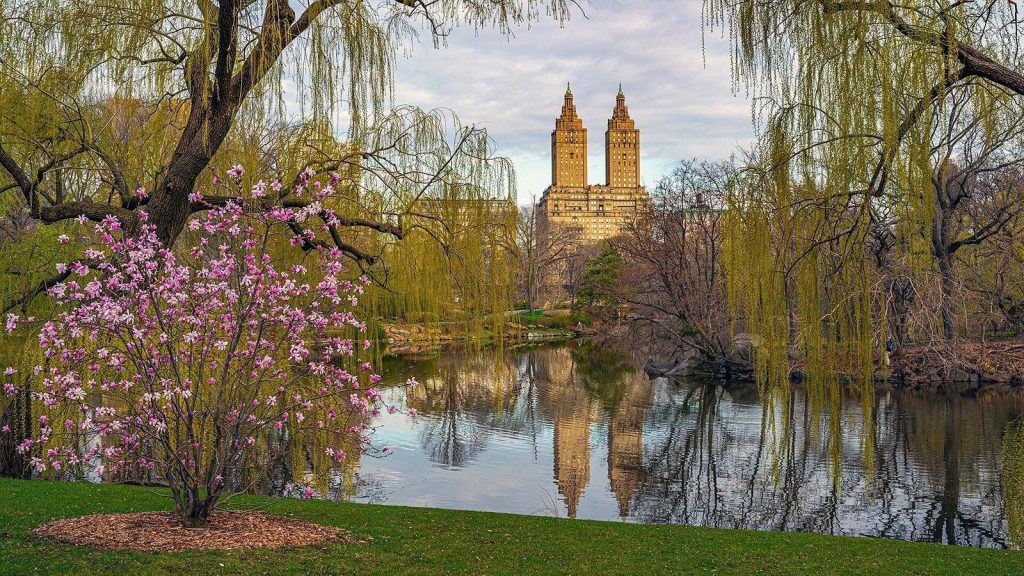
Spring is an enchanting time to visit the US, as the country awakens from its winter slumber. Temperatures are mild and pleasant, making it ideal for sightseeing and outdoor activities without the intense heat of summer.
- Pros: Mild weather and blooming landscapes create a beautiful backdrop for travel. The famous Cherry Blossom Festival in Washington, D.C., and the colorful wildflowers in California’s national parks are major draws. Crowds are generally manageable, especially in late March and April, making popular attractions more enjoyable.
- Cons: The weather can be unpredictable. You might experience sudden rain showers or cooler days, especially in early spring. It’s also a popular time for “Spring Break,” so some beach destinations in Florida and California can get crowded.
Summer (June – August)
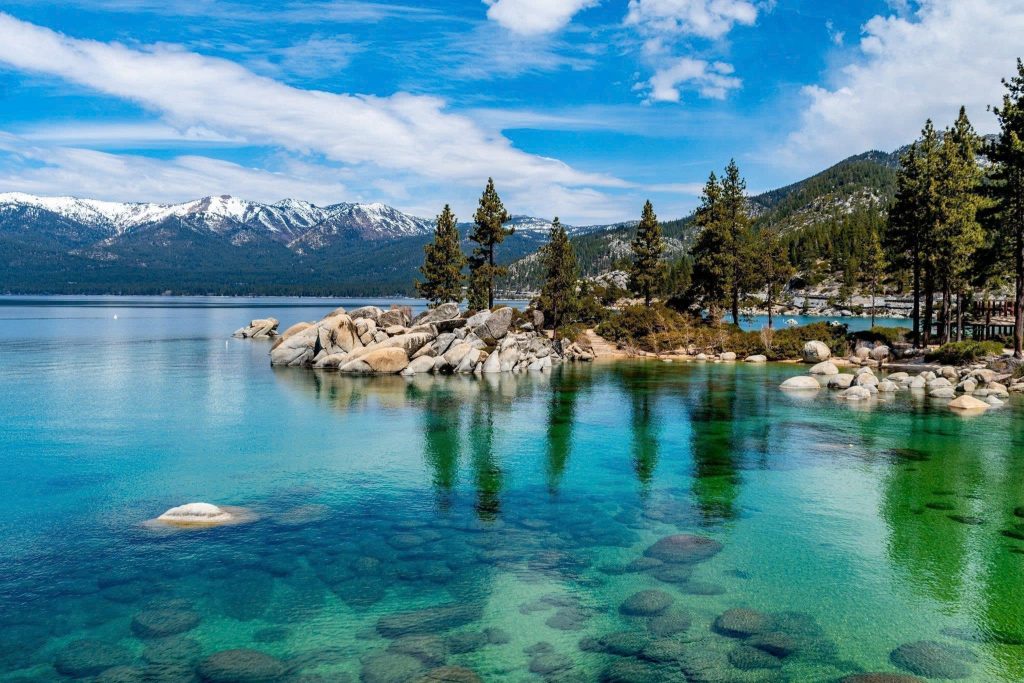
Summer is the most popular time for tourism in the US, and for good reason. The weather is warm and sunny across most of the country, making it the perfect time for classic American getaways.
- Pros: The weather is reliable, and virtually all attractions, from national parks to theme parks, are open. It’s the perfect time for a road trip, a visit to the Grand Canyon, or a hiking trip through the Rocky Mountains. With school out, it’s a great time for family vacations.
- Cons: Summer is peak season, which means higher prices for flights and hotels, and significant crowds at major tourist sites like New York City’s Times Square or Yellowstone National Park. The heat in the Southwest can be extreme, reaching well over 100°F (38°C) in places like Las Vegas and Arizona.
Fall (September – November)
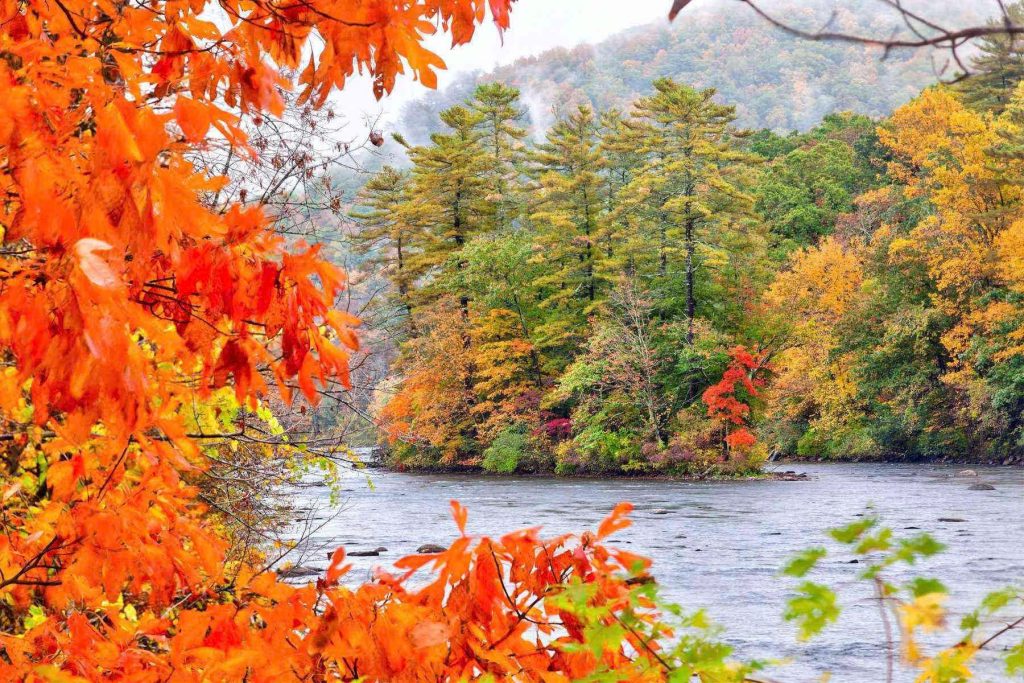
Many seasoned travelers consider fall to be the best time to visit the US. The weather is crisp and comfortable, and the natural scenery is breathtaking.
- Pros: The vibrant fall foliage in New England and across the East Coast is a world-class attraction. Destinations like Vermont, New Hampshire, and upstate New York transform into a spectacle of red, orange, and gold. The “shoulder season” status means fewer crowds and more affordable prices than in the summer.
- Cons: Weather can be unpredictable, with chilly nights and the occasional early snowfall in the northern states. The days get shorter, giving you less time for outdoor exploration. Airfares and accommodation can rise significantly around the Thanksgiving holiday in late November.
Winter (December – February)
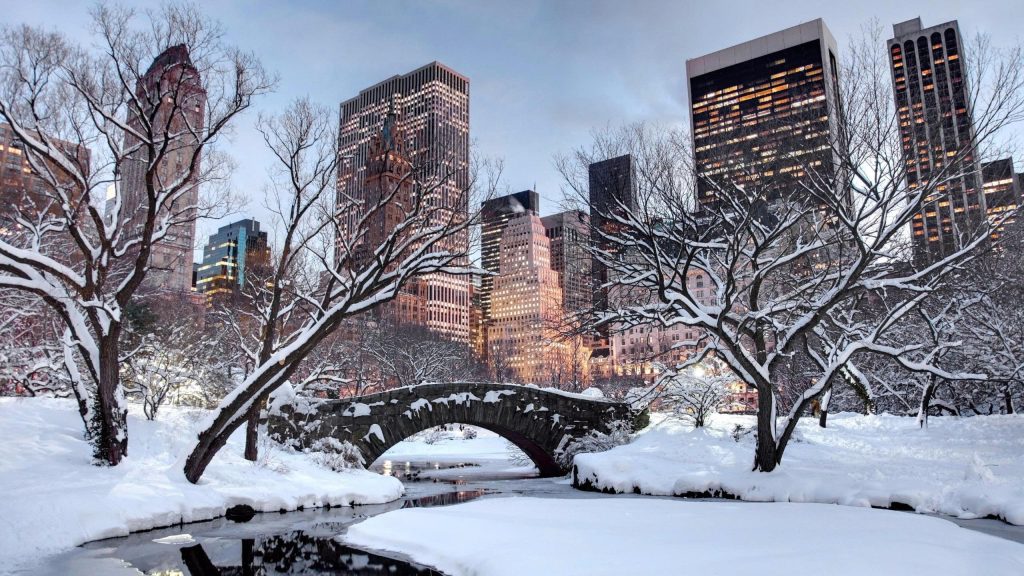
Winter in the US is a tale of two extremes: a wonderland of snow and a haven of warm-weather escapes.
- Pros: It’s the perfect time for winter sports. The ski resorts of Colorado, Utah, and California are at their peak, offering world-class skiing and snowboarding. Cities come alive with holiday decorations and events, with New York City and Washington D.C. being particularly festive. For those escaping the cold, destinations like Florida, Hawaii, and Southern California offer warm, sunny weather year-round.
- Cons: Travel can be complicated by snowstorms and icy conditions, especially in the Midwest and Northeast. Many attractions in colder states may have reduced hours or be closed. Temperatures in the northern half of the country can drop well below freezing, making outdoor activities challenging for those not prepared for the cold.
Choosing the Right Time Based on Your Goals
The “best” time is subjective. It depends on what you want to experience and how you want to travel.
For Budget Travelers
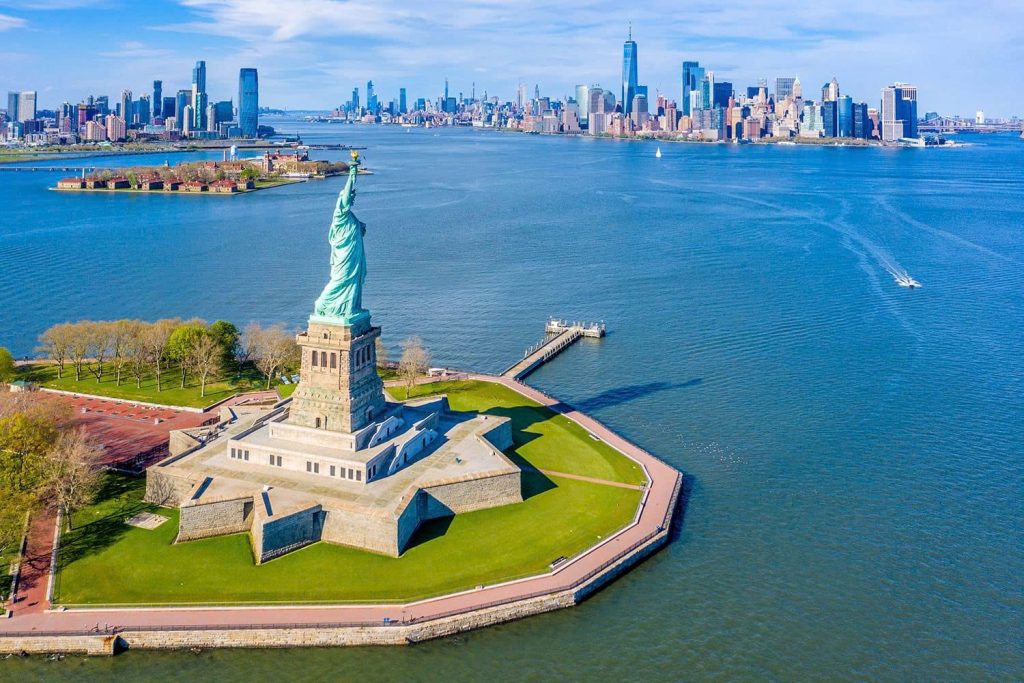
If your priority is saving money, you’ll want to travel during the “off-season” or “shoulder seasons.”
- When to Go: The cheapest times to travel are typically January (after the New Year) and from late August through early October. November and February can also be affordable, outside of holiday weekends.
- Why It’s Cheaper: Demand for flights and hotels is lower, leading to significant discounts. You can often find great deals on accommodation and tours during these months.
For Avoiding Crowds
If you prefer a more peaceful, unhurried experience, aim for the “shoulder seasons.”
- When to Go: Late September to early November and late April to early June are excellent choices.
- Why It’s Better: You’ll get to experience fantastic weather without the chaos of summer vacation crowds. You’ll have an easier time getting into popular restaurants, attractions, and national parks.
Regional Guides: When to Visit Specific US Destinations
The US is so vast that the perfect time to visit one region might be the worst time for another.
The East Coast
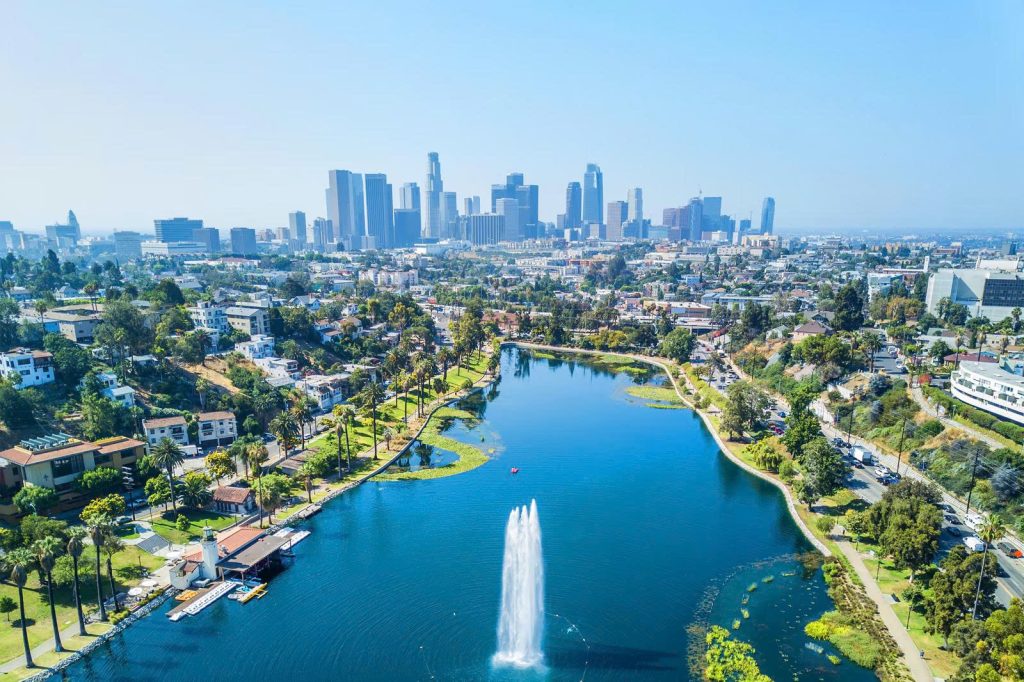
The West Coast of the US, including states like California, Oregon, and Washington, is generally a good destination year-round. California, in particular, enjoys a mild climate.
- For Beaches: Visit Southern California’s beaches from June to August.
- For National Parks: Yosemite National Park is beautiful in the spring when waterfalls are at their peak. For the Grand Canyon, spring and fall offer the best hiking weather.
National Parks
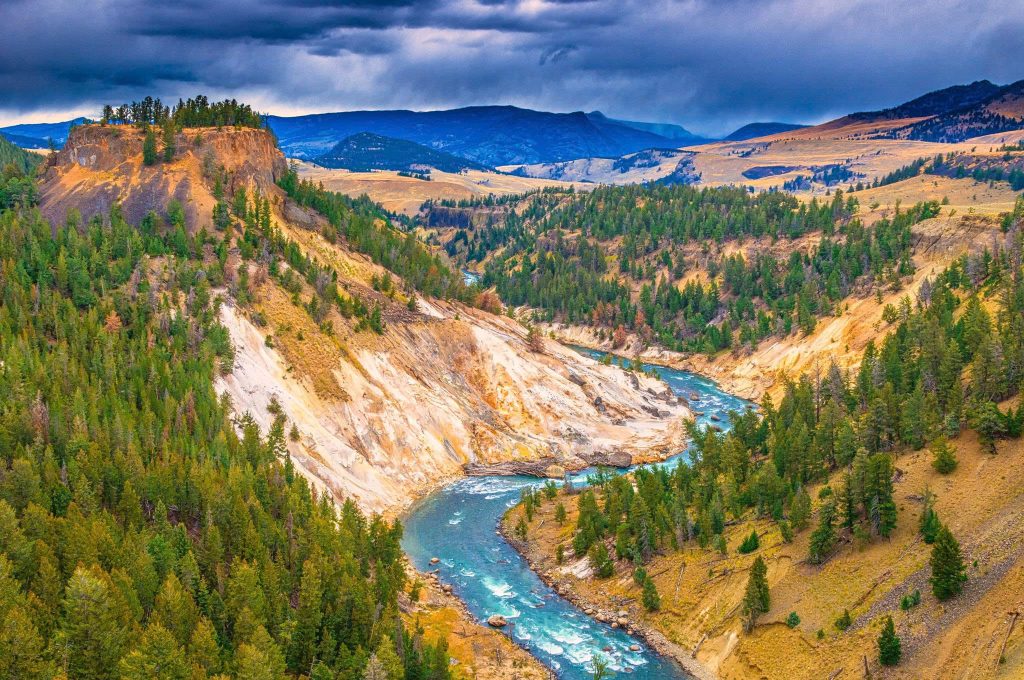
The best time to visit national parks depends on the park itself.
- Yellowstone National Park is best visited between May and September, when all roads and visitor services are open.
- The Grand Canyon is an excellent choice in spring and fall, as the weather is perfect for hiking and the crowds are smaller than in summer.
RELATED: Best Places to Travel in the US: Your Ultimate Guide
Ultimately, there is no single “best” time to visit the US. The country’s immense size and diverse climates mean that every season offers a different kind of adventure. If you’re looking for sun and vibrant energy, summer is your season. If a quiet, picturesque trip is what you crave, fall is unbeatable. For a budget-friendly journey, consider traveling in the off-season.
No matter when you choose to go, the United States is ready to welcome you with a unique experience. Your perfect time to visit is simply the one that aligns with your personal travel goals. So, what kind of adventure are you hoping to find?

